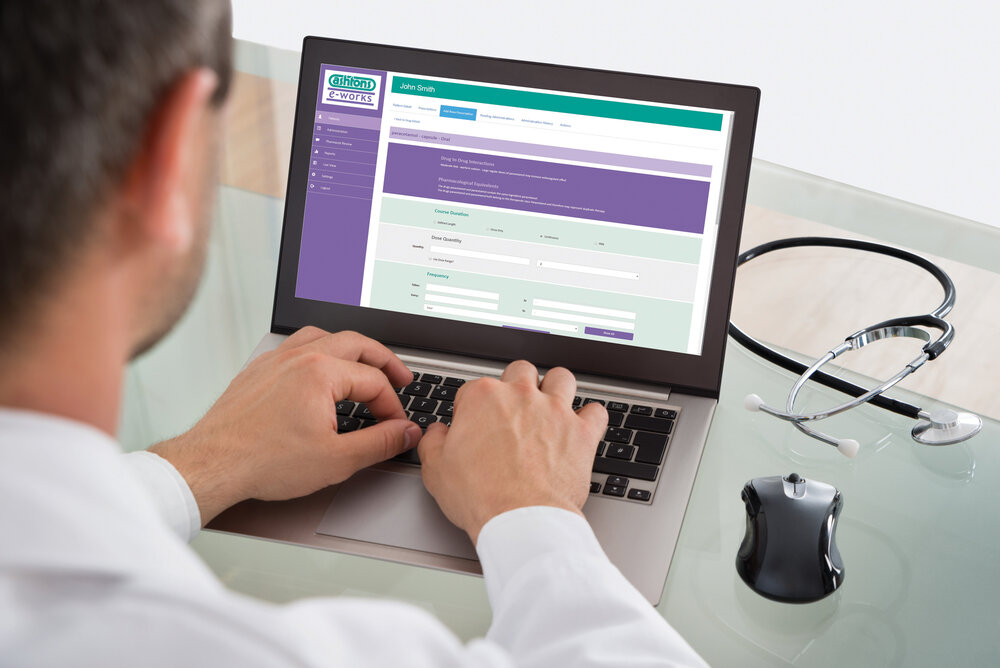Introduction to E-Prescription Writing: QMe - Clinic and Hospital Management

Electronic Prescription Software, such as “QMe - Clinic and Hospital Management,” revolutionizes the way healthcare professionals manage and distribute prescriptions. This innovative software streamlines the prescription process by replacing traditional paper-based methods with a digital system. In this informative guide, we will explore the basics and benefits of using QMe and similar e-prescription software.
Basics of E-Prescription Software:
User-Friendly Interface: E-prescription software like QMe is designed with a user-friendly interface that simplifies the prescription process. Healthcare providers can easily navigate the software, saving time and reducing the chance of errors.
Digital Patient Records: These platforms integrate with electronic health records (EHR) systems, allowing physicians to access patient information, medical history, and allergies in real-time. This ensures accurate and safe prescription practices.
Drug Database: E-prescription software typically includes an extensive drug database, complete with information about dosages, interactions, and generic alternatives. This assists healthcare professionals in making informed decisions when prescribing medications.
Customization: QMe and similar software offer customization options to accommodate the unique needs of various medical practices. Users can tailor prescription templates, dosage instructions, and other settings to suit their workflow.
Security: Security features such as encryption and user authentication help protect patient data and prescription information from unauthorized access.
Benefits of Using E-Prescription Software:
Enhanced Accuracy: E-prescription software significantly reduces the chances of prescription errors compared to handwritten prescriptions. This enhances patient safety and minimizes adverse drug interactions.
Improved Efficiency: The digital nature of e-prescribing expedites the prescription process. Healthcare providers can send prescriptions directly to pharmacies, eliminating the need for patients to deliver paper prescriptions.
Cost Savings: Going paperless with e-prescriptions reduces costs associated with printing, storage, and administrative work related to paper prescriptions. It also minimizes the risk of lost or misplaced prescriptions.
Patient Convenience: Patients benefit from e-prescription software as it allows them to have their prescriptions sent directly to their preferred pharmacies, saving them time and ensuring they receive their medications promptly.
Better Compliance: E-prescription software can include automated refill reminders and adherence tracking, helping patients stay on track with their medication regimens.
Data Analysis: These software solutions offer valuable insights through data analysis, allowing healthcare providers to identify trends, monitor prescription patterns, and optimize treatment plans.
Streamlined Workflow: E-prescription software integrates seamlessly with other healthcare management tools, reducing administrative burdens and streamlining the entire healthcare workflow.
Legal and Regulatory Compliance: E-prescription software helps healthcare providers stay compliant with evolving healthcare regulations and reduces the risk of legal issues associated with improper prescription practices.
In conclusion, e-prescription software like “QMe - Clinic and Hospital Management” offers a range of benefits, from improved accuracy and efficiency to enhanced patient care and cost savings. By embracing this technology, healthcare providers can modernize their practice, improve patient outcomes, and ensure a smoother and safer prescription process.